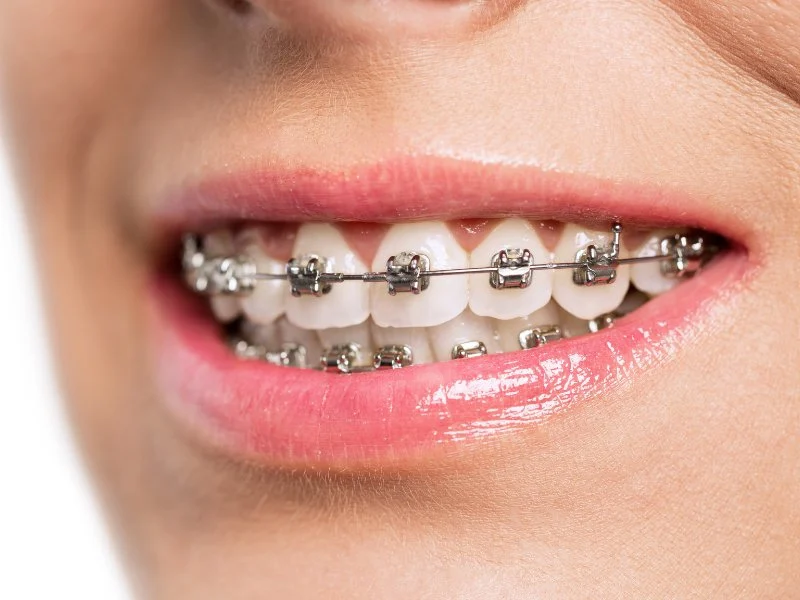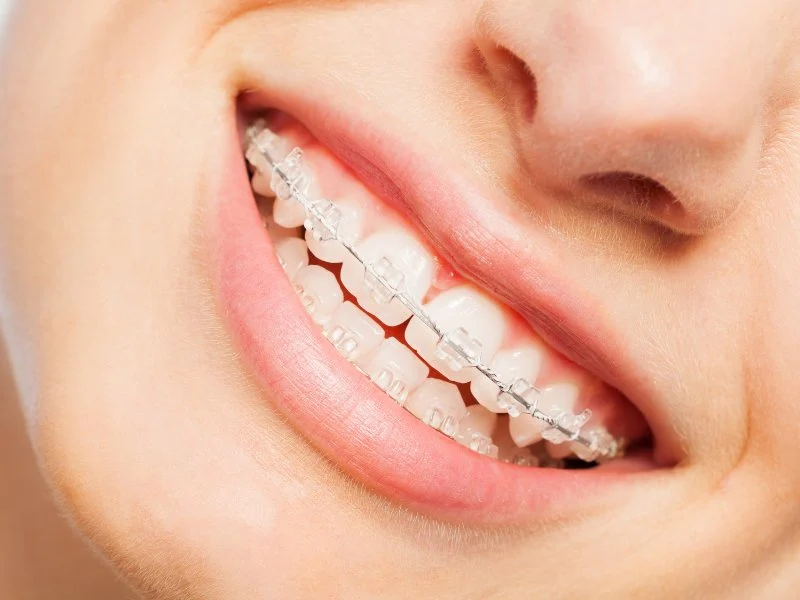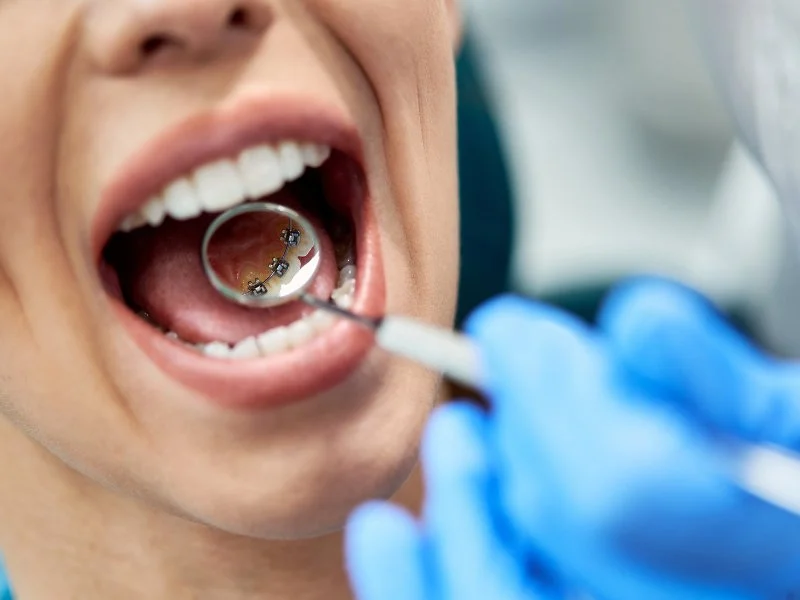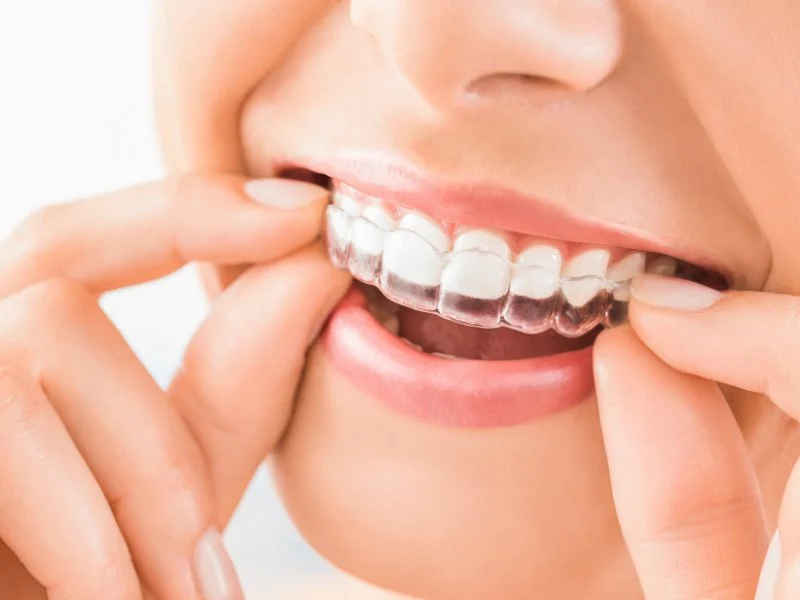Thinking about getting braces? It’s a big decision, but don’t worry! Choosing the right type can make all the difference in your orthodontic journey. From traditional metal braces to the latest in clear aligner technology, there’s a lot to consider. Let’s dive into the world of dental braces and help you pick the perfect match for your smile.
What Are Dental Braces?
Dental braces are devices used to correct alignment issues with teeth and jaws. They’re not just for teenagers anymore; adults are increasingly opting for braces to improve their dental health and aesthetics. Braces work by applying continuous pressure over time, gradually moving teeth into the desired position.
Why Consider Dental Braces?
- Improved Oral Health: Straight teeth are easier to clean, reducing the risk of cavities and gum disease.
- Enhanced Appearance: A straighter smile boosts confidence and can positively impact your social and professional life.
- Correct Bite Issues: Fixing overbites, underbites, and crossbites can prevent future dental problems.
Types of Dental Braces
With so many options out there, choosing the right type of dental braces can feel overwhelming. Here’s a breakdown to help you understand your choices:
1. Traditional Metal Braces

The classic choice, metal braces, are highly effective and the most affordable option. They consist of metal brackets and wires, and while they may be more noticeable, today’s versions are smaller and more comfortable than ever before.
Pros
- Effective for all types of orthodontic issues
- Typically the least expensive option
- Can choose colorful bands for a fun look
Cons
- Most noticeable type of braces
- Can cause discomfort initially
- Regular adjustments required
2. Ceramic Braces

Ceramic braces function like metal braces but use tooth-colored or clear brackets that blend with your teeth. They’re less noticeable, making them a popular choice for adults.
Pros
- Less visible than metal braces
- Effective for most orthodontic issues
- Durable and strong
Cons
- More expensive than metal braces
- Brackets can stain if not properly cared for
- Larger and more brittle than metal braces
3. Lingual Braces

Lingual braces are attached to the back of your teeth, making them invisible from the front. They’re custom-made for each patient, which makes them unique.
Pros
- Completely invisible from the front
- Effective for complex dental issues
- Custom-fitted for comfort
Cons
- Can be uncomfortable and affect speech initially
- More expensive than traditional braces
- Harder to clean and maintain
4. Clear Aligners (Invisalign)

Clear aligners are a series of custom-made, removable trays that gradually move your teeth into place. They’re almost invisible and can be taken out for eating and brushing.
Pros
- Virtually invisible
- Removable, making eating and cleaning easy
- Comfortable with no metal wires or brackets
Cons
- Not suitable for severe orthodontic issues
- Requires discipline to wear 20-22 hours a day
- More expensive than metal braces
Factors to Consider When Choosing Dental Braces
Your Orthodontic Needs
The type and severity of your dental issues will heavily influence the best type of braces for you. Complex cases may require traditional metal or lingual braces, while minor corrections can often be managed with clear aligners.
Aesthetic Preferences
If you’re concerned about how you’ll look with braces, consider ceramic braces or clear aligners. Lingual braces are another great option if you want something completely hidden.
Budget
Braces can be a significant investment. Traditional metal braces are usually the most affordable, while clear aligners and lingual braces can be quite pricey. Check with your orthodontist about payment plans or insurance coverage.
Lifestyle
Consider how braces will fit into your daily life. If you play contact sports or a musical instrument, clear aligners might be more convenient. However, they require more discipline since they need to be worn most of the day.
Comfort
Think about your pain tolerance and comfort level. Metal braces can initially be uncomfortable due to the brackets and wires. Clear aligners are generally more comfortable but need to be removed and reinserted, which can be bothersome for some.
FAQs About Dental Braces
1. Do braces hurt?
You might experience discomfort or soreness after getting braces or after adjustments, but this typically subsides within a few days.
2. How long will I need to wear braces?
Treatment duration varies, but most people wear braces for 18-24 months. Your orthodontist will give you a more specific timeline.
3. Can adults get braces?
Absolutely! More adults are opting for orthodontic treatment to improve their smiles and dental health.
4. How do I care for my braces?
Maintain good oral hygiene by brushing and flossing regularly. Avoid sticky or hard foods that can damage your braces.
5. Are there any alternatives to braces?
Depending on your needs, alternatives like veneers or dental bonding might be an option. However, these don’t correct underlying alignment issues.
Conclusion
Choosing the right type of dental braces is a personal decision that depends on your orthodontic needs, lifestyle, budget, and aesthetic preferences. Whether you opt for traditional metal braces, ceramic braces, lingual braces, or clear aligners, each type has its own set of advantages and considerations.
Consult with your orthodontist to discuss your options and create a treatment plan that best suits you. Remember, the journey to a brighter, healthier smile is well worth the effort!

